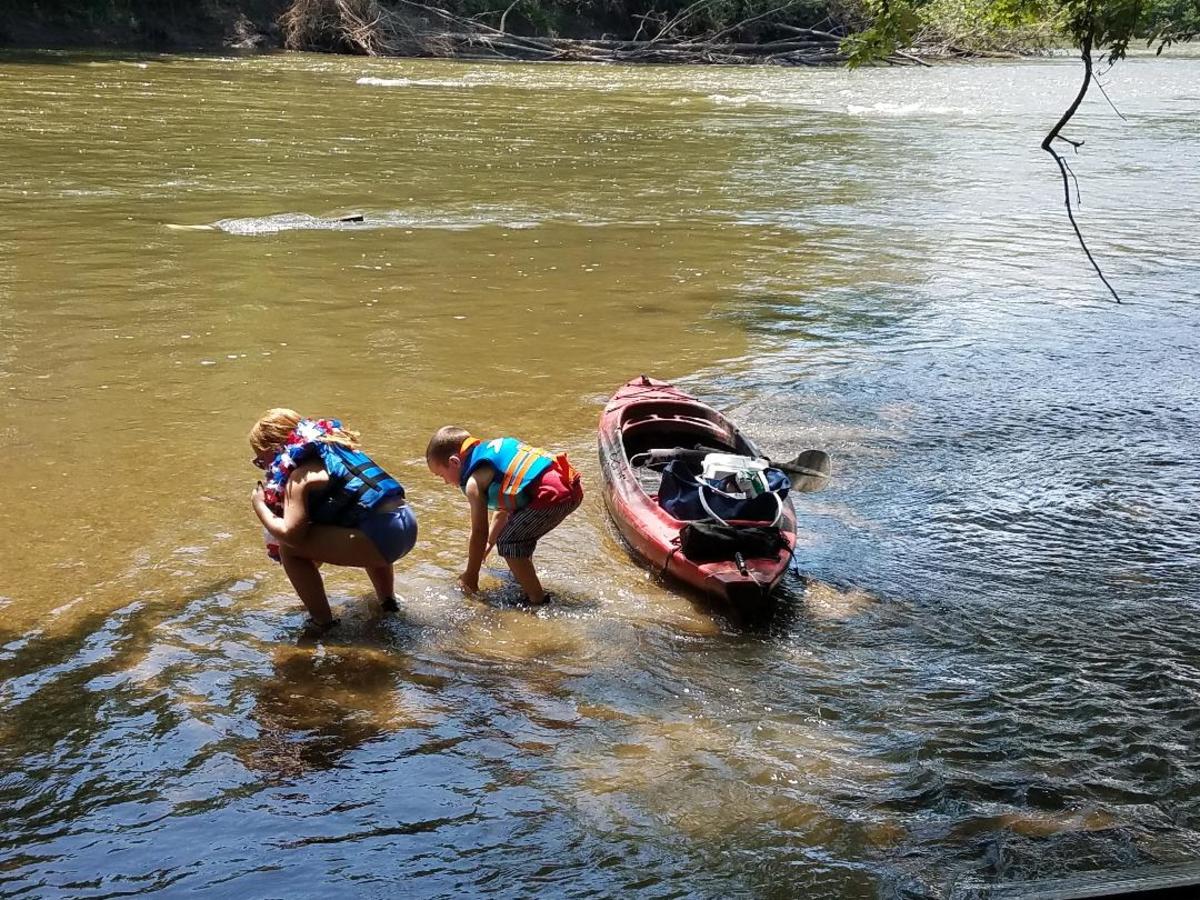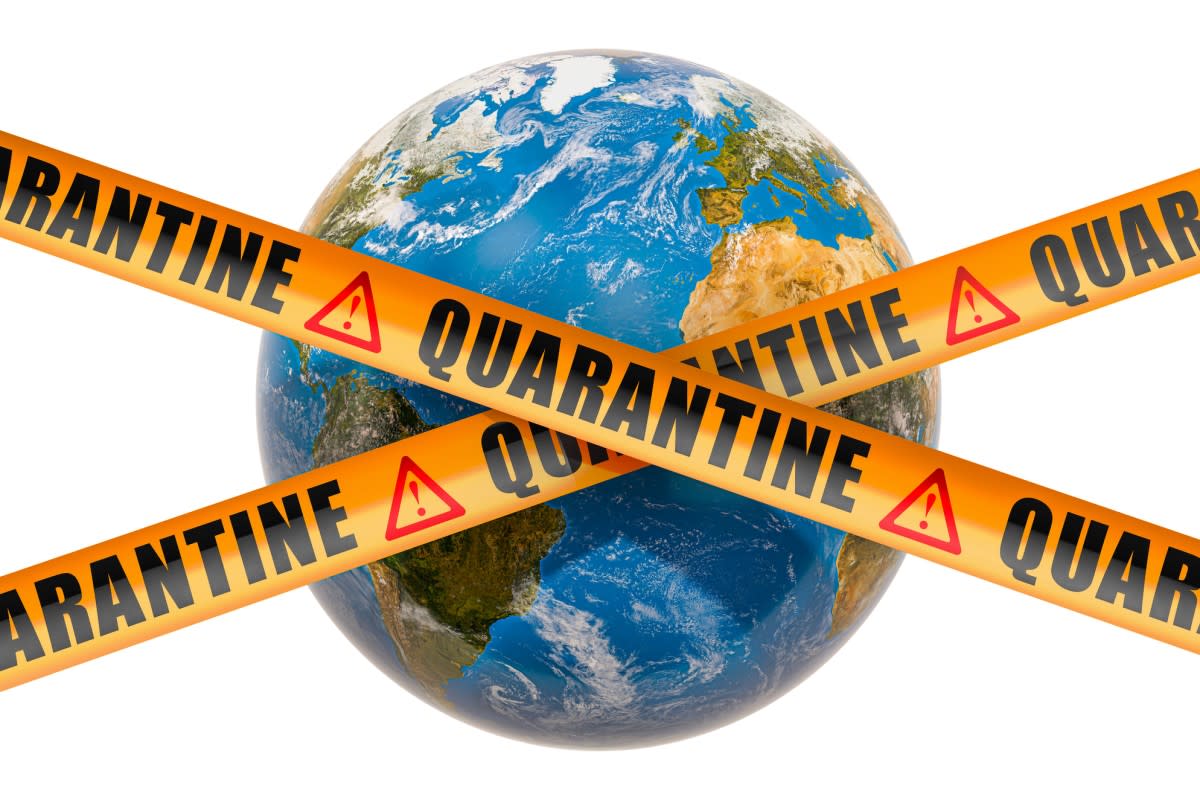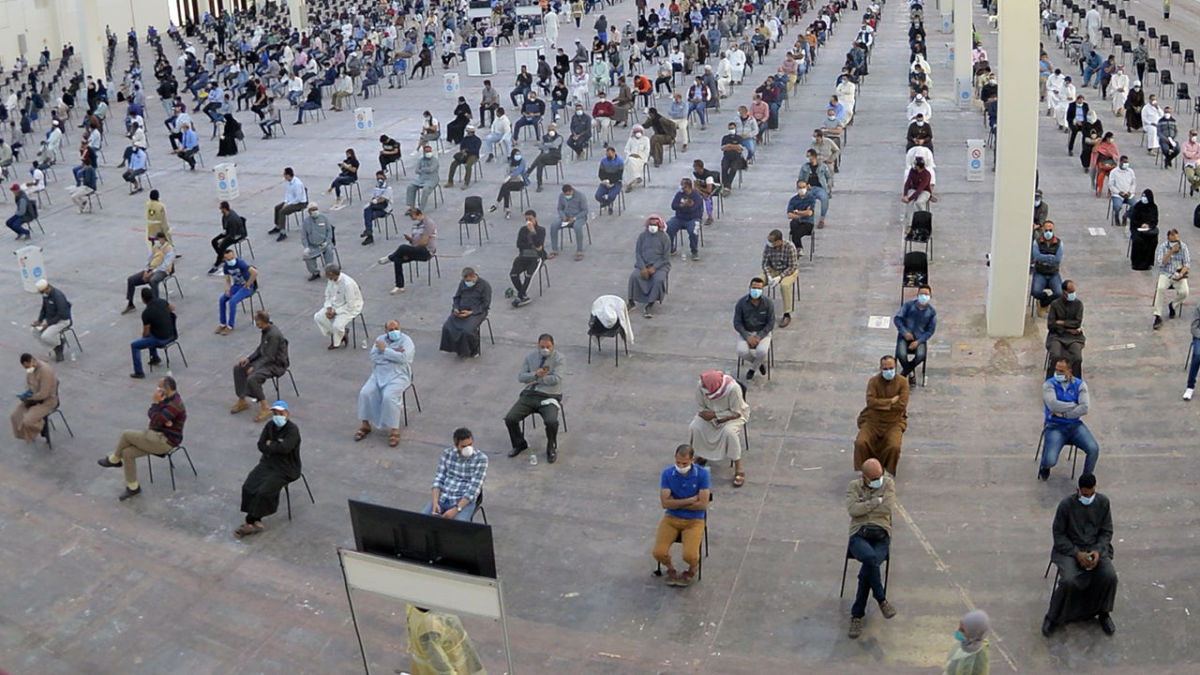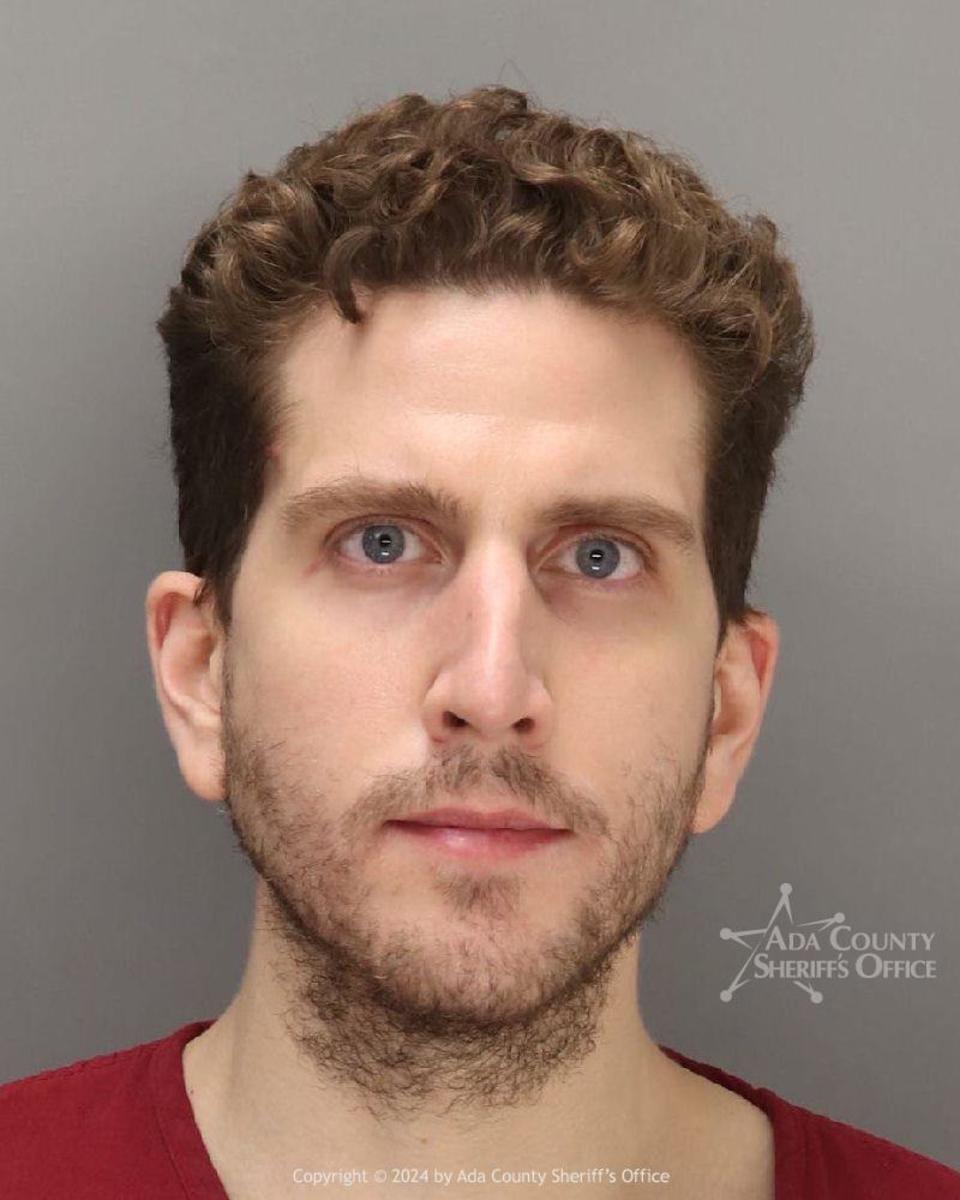The Coronavirus is Like the Weather; Everybody Talks About It.
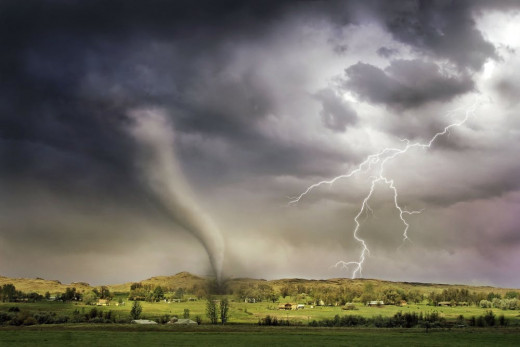
COVID-19, the Weather, and Mortality Rates
People Have Rights
Mark Twain once said that when it comes to the weather, "Everybody Talks About the Weather, But Nobody Does Anything About It." The same is true for the coronavirus or COVID-19. Its May, most of the world is locked down, and everyone is still talking about it.
The irony being, the people most affected by COVID-19 have the least to say on what to do about it. The government is about "of the people, by the people, and for the people." So why don't they "ask the people?"
If they only ask the people, their answers might be illuminating. And why not, it's the people who live on the front line, enduring the wrath of COVID-19 every day. For that very reason, they should be allowed to contribute to the next steps of getting back to everyday life.
Mortality Rates for COVID-19
COVID-19 started at the end of 2019, with the mortality rates thought to be 4.5%. In today's world, a pandemic with a 4.5% mortality rate has the potential of killing over 200 million people.
Since early March 2020, extensive COVID-19 antibody testing has realized "unknown case" numbers are much larger than previously thought. Unknown cases are the people with a very mild reaction to the virus, never needing medical attention, thus becoming an "unknown case."
When including unknown cases into the calculations, the CDC has now confirmed adjusted mortality rates at .2%. This percent is significantly lower than the original thought.

Lockdowns
Lockdowns are designed to prevent the spread of any disease, in this case, COVID-19. Preventing the spread of the virus reduces the number of cases as well as fatalities. That's the logic behind the lockdowns, and an option the world elected to implement.
But locking down the world has come at a cost. It has created food and product shortages, record levels of unemployment, and financial chaos. Law enforcement has been necessary to ensure compliance, taking away people's freedoms.
There have been unforeseen positives as well as the earth began healing itself. In just 40 days, air and water have globally become much cleaner. Air pollution, in general, has completely disappeared. Jellyfish are returning to the Venice canals. The hole in the ozone layer is no more.
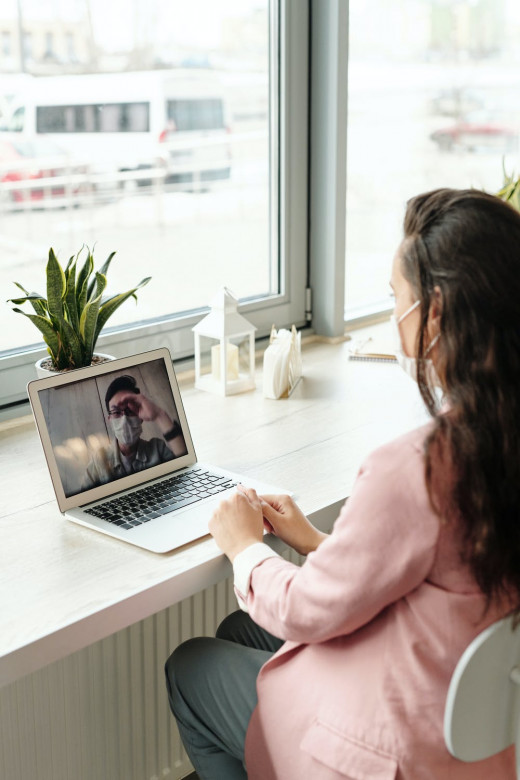
Social Distancing
The intent of Social Distancing is for people to stay at least 6 feet apart from each other. Since the droplets from the average sneeze travel less than 6 feet, social distancing would be beyond the danger zone.
On the surface, the logic makes sense, but in reality, it's challenging to do. The aisles in most food stores are less than 6 feet wide. Any time people pass each other, social distancing gets compromised.
Sporting events, concerts, movies, and even churches would not be able to open their doors. Any event requiring people sitting next to each other would either stay closed or be virtually empty. Going to the bathroom would also be a challenge. The next survey question asks for the next steps to social distancing.
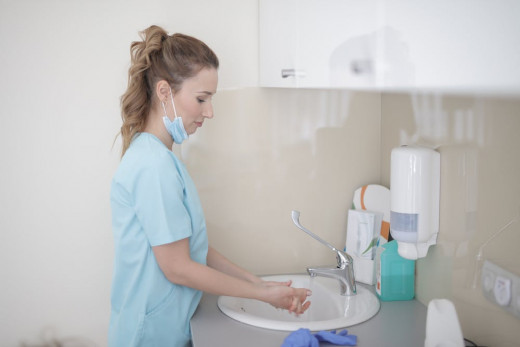
Face Masks and Washing of Hands, Are They Effective?
When lockdowns eventually go away, other precautions can still be voluntary. The wearing face masks and frequent washing of hands are two worthy of consideration post lockdown.
The WHO and CDC did not initially recommend the wearing face masks for COVID-19. Face masks do not entirely filter out the virus, and most covers don't fit flush to the face, which allows the virus to enter through the cracks.
Even so, the WHO and CDC then changed their recommendations based on antibody testing, which revealed a much broader base of unknown cases than previously thought. These people are more likely to spread the virus.
The frequent washing of hands is an effective means of preventing the spread of the and virus. The recommendation is to wash hands often, especially before touching the mouth, nose, or eyes. This simple task significantly decreases the likelihood of being infected.
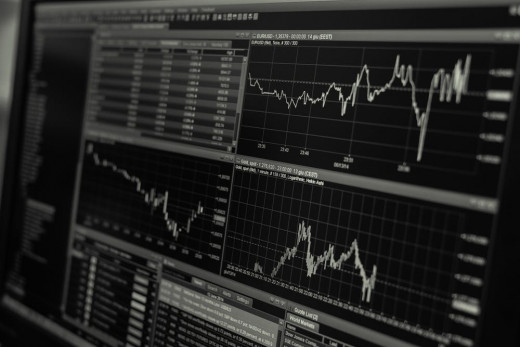
Mortality Rates
High mortality rates and pandemic status for any virus are critical factors that can trigger global lockdowns. COVID-19 is a pandemic with a mortality rate initially thought to be 4.5%. Antibody testing followed, revealing unknown cases to be much higher than previously thought, lowering mortality rate estimates.
With unknown cases factored into the equation, mortality rates are now confirmed by the CDC at .2%, a significant reduction than previously thought.
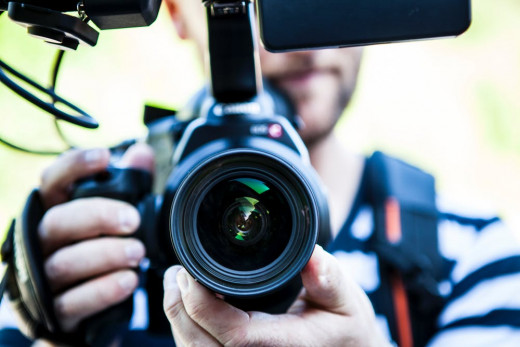
The Media
The media has a significant impact on what we see, hear, and read. With that comes a huge responsibility to report the news accurately and factually, without panicking the masses. With COVID-19, the media's influence was global.
There are those people who feel the media has done an excellent job, accurately reporting the events as they happen. Others think the media has focused too much on doom and gloom, creating unnecessary fear among the masses. How do you think the press has performed?
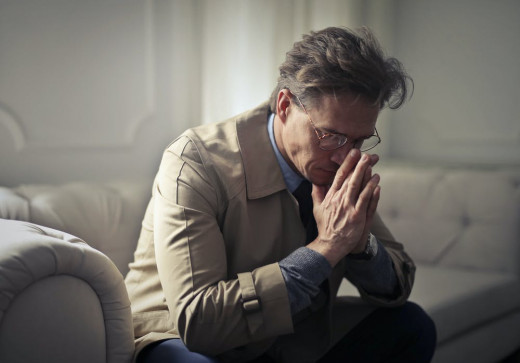
Final Thoughts
I thought it would be interesting to give the readers necessary information on what COVID-19 is all about, without emotion or accusations. Just the basics so the readers have more data to talk about, like the weather.

